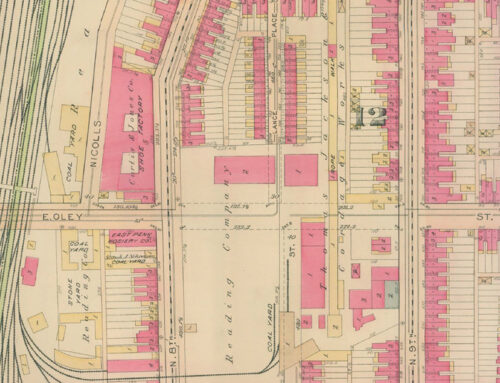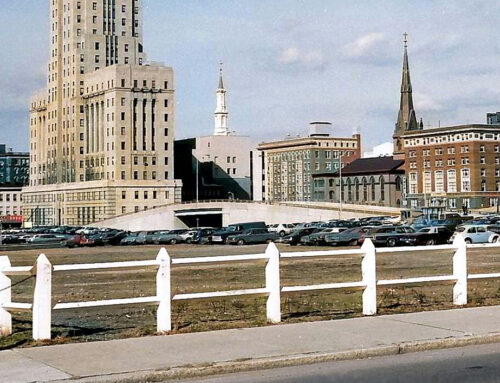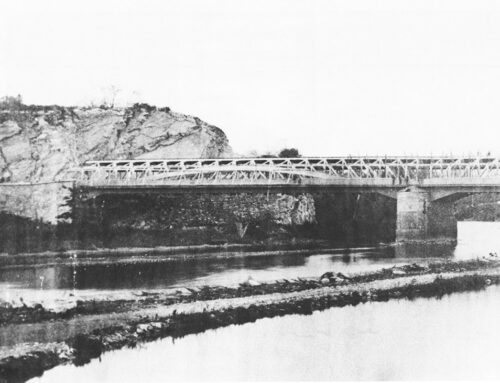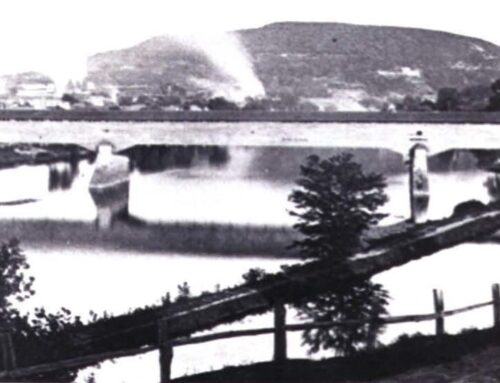The story of the South Reading Bridge is one of vision, advocacy, and setbacks, spanning decades of urban planning in Reading, Pennsylvania. Conceived as a transformative infrastructure project, the bridge was intended to link the West Shore Bypass with the city center via South Seventh Street, addressing traffic congestion and bolstering economic development. However, financial and logistical challenges repeatedly thwarted its realization.
The need for the South Reading Bridge was first identified in the 1950s, with proposals in 1956, 1959, and 1961. Local officials saw it as a vital solution to growing traffic pressures on the Penn Street and Bingaman Street bridges, as well as key roads like Perkiomen Avenue and Lancaster Avenue. By the late 1960s and early 1970s, the bridge became central to urban renewal plans, including the ambitious but ultimately abandoned Penn Mall project. Planners argued the bridge would improve accessibility, enhance the mall’s marketability, and attract tenants, but the collapse of the Penn Mall left the project without momentum.
As time passed, the estimated cost of the bridge rose significantly. Initial estimates of $8 million in the 1950s ballooned to $36 million by the 1970s. Securing funding proved to be an insurmountable challenge, despite studies funded by grants like the $60,000 awarded under the Reading Model Cities program. State and local officials explored federal funding and even considered tolls to finance the project, but financial hurdles and shifting priorities delayed progress.
The bridge was also envisioned as part of broader efforts to revitalize Reading’s downtown. Urban renewal plans such as the Downtown East project and proposals for a city-county government building relied on the bridge to reduce industrial and commercial traffic on the Penn Street Bridge and improve access to redeveloped areas. Yet, like the bridge itself, many of these projects were abandoned due to a lack of funding and developer interest, leaving cleared land and unrealized potential.
In 1987, the South Reading Bridge was revisited as part of a broader list of development projects championed by state Rep. Thomas R. Caltagirone. The bridge was included in a $10 million funding request aimed at reviving plans for its construction, with the span proposed to connect South Ninth Street with the West Shore Bypass.
Over the years, multiple administrations supported the bridge project, recognizing its potential to transform traffic flow and stimulate economic growth. Former Mayor Victor R. H. Yarnell, who served from 1968 to 1971, recalled the bridge as a missed opportunity that could have significantly enhanced the city. Other leaders, including Eugene L. Shirk, Joseph P. Kuzminski, and Karen A. Miller, echoed similar frustrations, lamenting the lack of progress on both the bridge and related redevelopment plans.
By 2000, attitudes toward the South Reading Bridge had shifted, reflecting changes in Reading’s economic landscape. The city’s Comprehensive Plan questioned the necessity of the bridge, stating:
The South Reading Bridge concept may have been important at a time when Reading was the commercial hub of Berks County. However, commercial development during the past 25 years has increasingly moved to suburban areas of the County. Although congestion on Lancaster Avenue continues to cause problems during the morning and evening rush hours, it does not justify the construction of an additional bridge.”
This reassessment highlighted how suburban sprawl and the decline of downtown Reading as the county’s commercial hub had diminished the bridge’s strategic importance. The Comprehensive Plan suggested that the resources required for the bridge might be better allocated elsewhere.
Despite decades of studies, proposals, and advocacy, the South Reading Bridge remains unbuilt. It was once envisioned as a critical piece of infrastructure that could alleviate traffic congestion, support urban renewal, and spark economic revitalization. However, financial hurdles, shifting priorities, and changes in regional development patterns rendered the project increasingly impractical.
The bridge now stands as a symbol of unfulfilled ambition, reflecting both the challenges of urban redevelopment and the changing dynamics of Berks County. While it was once seen as essential to Reading’s growth, the city’s 2000 Comprehensive Plan acknowledged the bridge’s declining relevance, marking a turning point in the project’s history. Today, the South Reading Bridge serves as a reminder of the complexities of urban planning and the need to adapt to evolving economic and social realities.






Leave A Comment